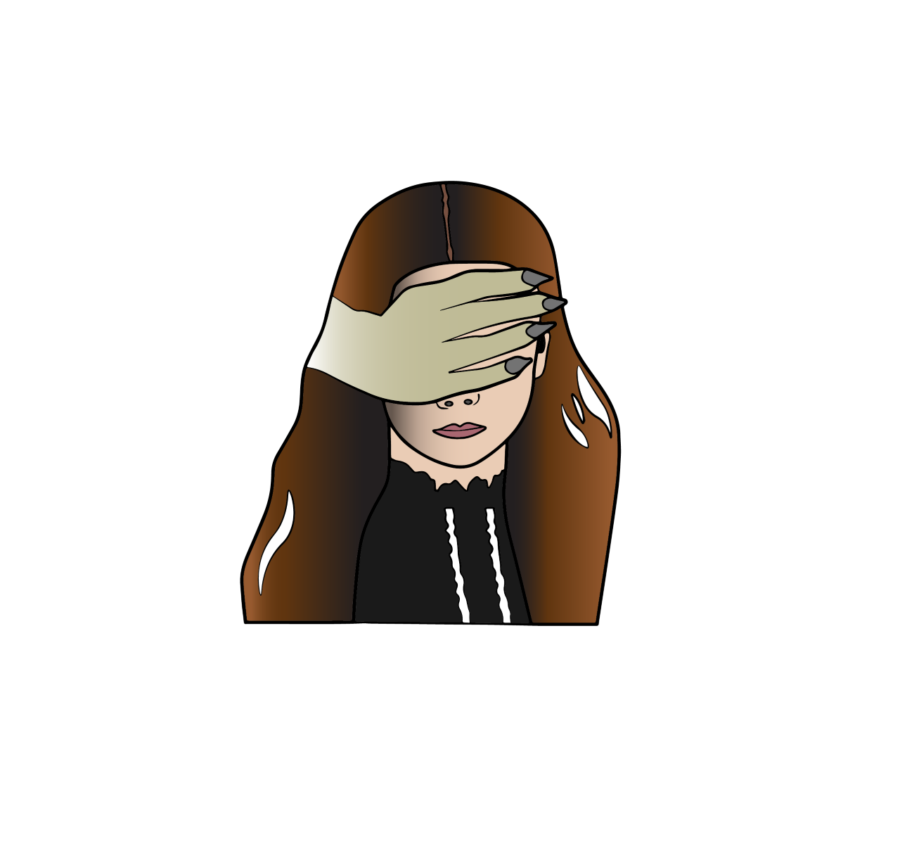The recent film adaption of “The Turn of the Screw,” an 1898 horror novella by Henry James, was chilling but completely off-base. With alternate and confusing endings as well as hints of statutory rape, the film leaves a bitter taste in viewers’ mouths.
The gothic yet exciting “The Turning” was a typical horror film involving two creepy kids and their live-in governess. The plot twist, however, was that governess Kate, played by Makenzie Davis, was imagining everything all along. In the novel, the story ends with the spirit of Quint, who is present in the film as well, killing Miles, one of the children. But this film had two alternate endings with an abrupt roll of the credits strictly following the confusing conclusion.
Although Miles, played by Finn Wolfhard, does not die in the movie, it is implied that the late Quint has entered his body and is acting through the child. While the spirit within Miles is old enough to flirt with Kate, it is still incredibly immoral to even consider a relationship between the two. Miles–now Quint–makes gestures at Kate by touching her face, kissing her and even calling her tattoo sexy. Although a grown man’s spirit is inside him, it is still no excuse to add this to the plot.
One of the movie’s endings shows Kate rescuing the children and fleeing the haunted estate. At the start of the film, there are hints of the impossibility of the children crossing the gates, as if they had a lethal tie to the property. The second ending, as well as the perceived truth, was that Kate, similar to her mother, was just imagining it all. Kate had heard of the recent deaths of both the previous nanny as well as Quint and inevitably ended up like her mother.
It is hinted that Quint, the riding instructor, raped the previous governess and killed her for trying to flee. This is barely explained throughout the film and truly shows Hollywood’s lack of display for things more important than drugs or violence. While all of them are hints, the implied sexuality throughout the film is focused on a romance between a grown woman and an underaged boy instead of the rape and murder of a woman barely mentioned throughout the film.
While the jump scares might frighten some viewers, the scares did not help the film and were untimely. The best angle that the film provided was the accurate portrayal of mental illness and how quickly it could happen to anyone. Kate’s character shows her slowly deteriorating and weakening as she stays with the children. To some, this might be the same as anyone living in a haunted house. However, it is clear that Kate’s mental illness is worsening.
Although the ending was fleeting and complicated, the plot altogether was sufficient enough to prove itself. While viewers will inevitably complain about the unsatisfying ending, this film, as well as its cast, prove themselves worthy of the horror genre.


























